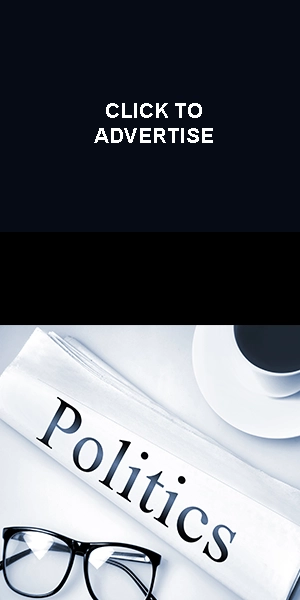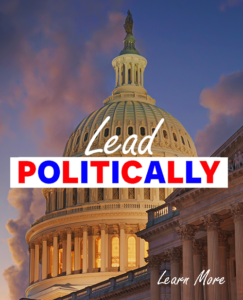Politics
Russia Politics
This page explores Russia’s political structure incorporating real-time RSS feed news and videos. By harnessing the power of RSS feeds, visitors can stay informed about the latest developments in Russia’s politics as they happen. The dynamic nature of these feeds ensures that users receive up-to-the-minute updates on political events, policy changes, and significant milestones, enabling them to stay abreast of the ever-evolving political scene.

Vladimir Putin
President of Russia
Incumbent
Assumed office
7 May 2012
Image credit
Russia, officially known as the Russian Federation, is a federal semi-presidential republic located in both Eastern Europe and northern Asia. The political structure of Russia is defined by its constitution, which was adopted in 1993.
At the top of the political structure is the President of Russia, who serves as both the head of state and the head of government. The President is elected by popular vote for a six-year term and has significant executive powers. The President appoints the Prime Minister, who heads the government and oversees its day-to-day operations.
The legislative branch of Russia consists of the Federal Assembly, which is a bicameral institution. It comprises the State Duma (Lower House) and the Federation Council (Upper House). The State Duma has 450 members who are elected through a combination of single-member constituencies and proportional representation for a five-year term. The Federation Council has 170 members, with each Russian federal subject (region) represented by two senators.
The judiciary in Russia is independent and separate from the executive and legislative branches. The Constitutional Court is the highest judicial authority in the country for matters related to constitutional law. The judiciary is responsible for interpreting and applying laws, ensuring justice, and protecting the rights of individuals. Political parties in Russia play a significant role in the political landscape. The dominant party in the country is United Russia, which has traditionally held the majority of seats in the State Duma. However, there are also several other registered political parties that participate in elections and shape the political discourse.
It is important to note that Russia has a centralized political system, and there have been debates and discussions regarding the balance of power between the executive, legislative, and judicial branches. Critics have raised concerns about the concentration of power in the hands of the President and the limited political competition. Overall, the political structure of Russia is characterized by a federal semi-presidential republic with a separation of powers between the executive, legislative, and judicial branches. The country holds regular elections, allowing citizens to participate in the democratic process and choose their representatives at various levels of government. However, the political system also exhibits certain features of a centralized governance structure.
Ep. 73 The Vladimir Putin Interview pic.twitter.com/67YuZRkfLL
— Tucker Carlson (@TuckerCarlson) February 8, 2024
Unless other sources are listed, original content is provided by ChatGPT. ChatGPT may produce inaccurate information about people, places, or facts. #Russia #RussiaPolitics #RussiaNews #RussiaNewsToday #RussiaRSSFeed #BlahFace



